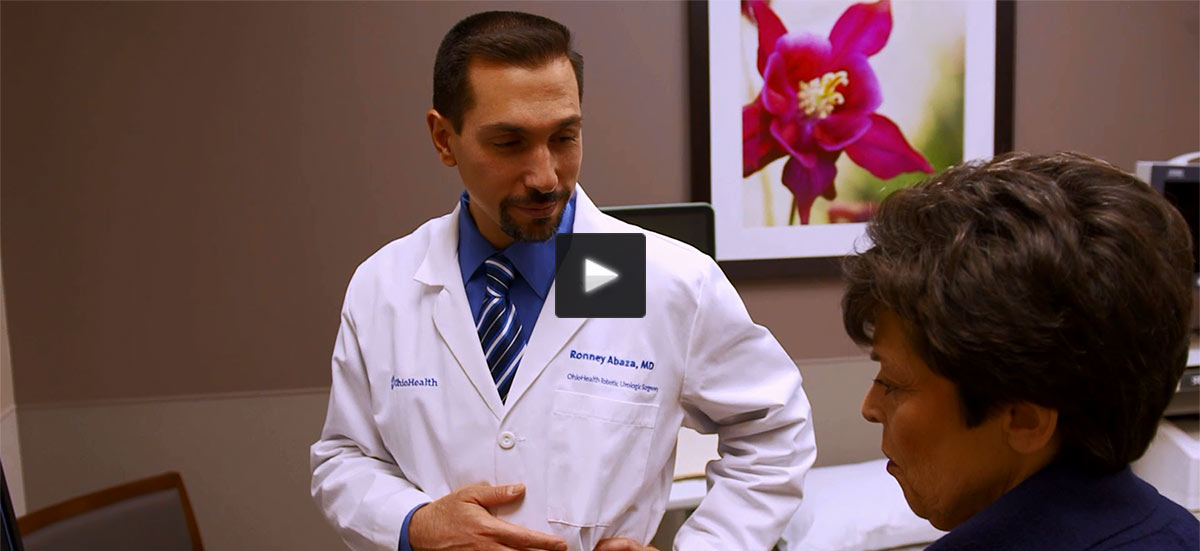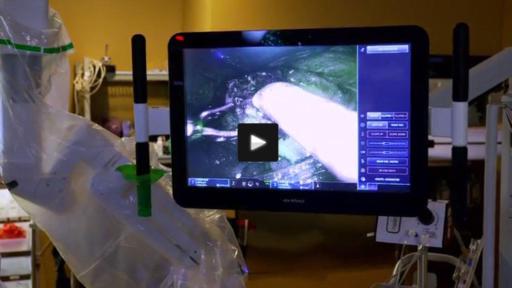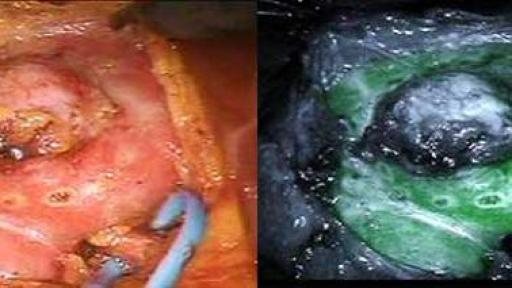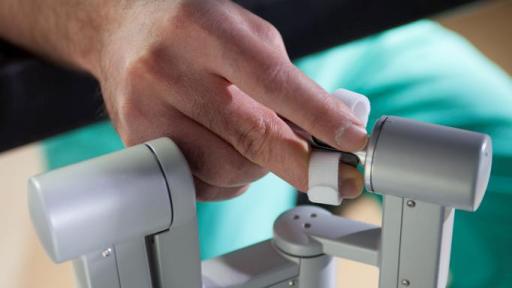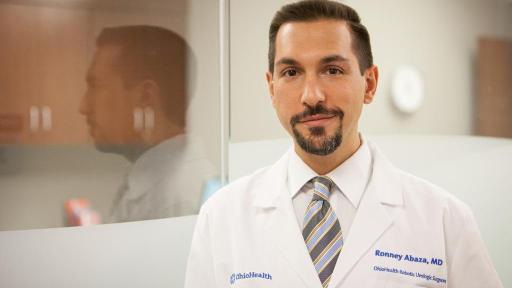Firefly Lighting Up Operating Rooms
Advanced technology allows surgeons to keep more of the organ intact
PR Newswire, COLUMBUS, Ohio – March 19, 2015A Firefly is lighting up operating rooms, making it easier for robotic surgeons to remove tumors. However, this Firefly is not the type that children catch in a jar during warm summer evenings. Instead, it’s a technology that uses a wavelength of light not visible to the human eye. A special dye is then injected which causes a bright green fluorescence of certain tissues, hence the name “Firefly.” This green glow lets surgeons clearly see the difference between cancerous and healthy tissue when performing surgery, allowing them to remove the tumor while saving the rest of the healthy organ.
Gallery
OhioHealth urologic robotic surgeon Ronney Abaza, MD, is a pioneer in the use of this technology. It was developed primarily for use in robotic kidney tumor surgery, an application for which Dr. Abaza published the first research on optimal dosing of the dye to allow for the best visualization of tumors.
“Once the dye is injected, the kidney becomes green and the tumor is dark and it gives us additional information as to where the edge of the normal kidney and where the edge of the tumor are abutting,” said Dr. Abaza. “The more certain we are that we’re away from the organ and getting all the tumor out, the more of the kidney we can save.”
Roni Leeman is a patient of Dr. Abaza’s who was able to keep most of her kidney following surgery using Firefly.
“After I went through the surgery, you would have never known I had surgery,” said Leeman. “It was all very quick. 24 hours after I had the surgery I was on my way home.”
“When I was in training, we would have removed her entire kidney. Nowadays, even with the tumor as large as she had, we can save the kidney, number one, and number two, we can still offer her a minimally invasive surgery,” said Dr. Abaza.
While the Firefly technology (technically called “near-infrared fluorescence imaging”) is fully integrated into the robotic surgical system, most surgeons have not used it because of inexperience in proper dosing of the dye.
No patients have had any side effects from use of the dye. The technology gives the surgeon additional information that cannot be seen with the naked eye, which is a model for integrating other information sources such as imaging studies into what the surgeon sees during an operation.
About OhioHealth
OhioHealth is a nationally recognized, not-for-profit, charitable, healthcare organization with Methodist roots. Based in Columbus, Ohio, OhioHealth is currently recognized as one of the top five large health systems in America by Truven Health Analytics. It is also recognized by FORTUNE Magazine as one of the “100 Best Companies to Work For” and has been for nine years in a row, 2007–2015.
Serving its communities since 1891, it is a family of 28,000 associates, physicians and volunteers, and a network of 11 member hospitals, 25+ health and surgery centers, hospice, home-health, medical equipment and other health services spanning a 40-county area.
OhioHealth member hospitals include OhioHealth Riverside Methodist Hospital, OhioHealth Grant Medical Center, OhioHealth Doctors Hospital, OhioHealth Grady Memorial Hospital, OhioHealth Dublin Methodist Hospital, OhioHealth Hardin Memorial Hospital, OhioHealth Marion General Hospital, OhioHealth O’Bleness Hospital, OhioHealth MedCentral Mansfield, OhioHealth MedCentral Shelby and OhioHealth Rehabilitation Hospital. For more information, please visit our website at www.ohiohealth.com.

